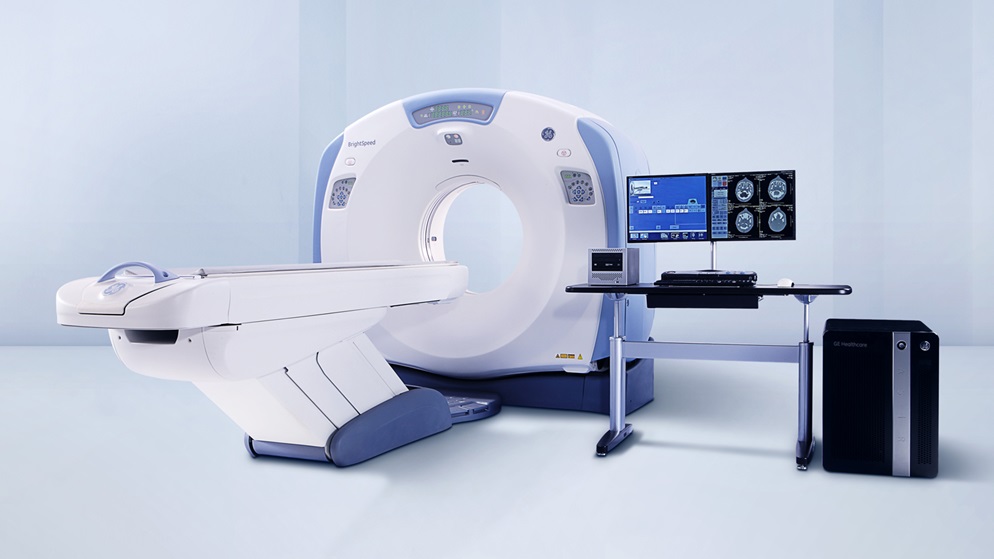
Sending X-ray images for reading through Teleradiology Solutions
Posted on October 21, 2020
Teleradiology is the transfer of medical images via information technologies. It has a long history (much older than the Internet). But before the 1990s it was not widely used because of the expense, inefficiency, and poor image quality. Today, the development of IT has reversed this trend. Now teleradiology guarantees an increase in imaging procedures by up to 6–12% annually.
If you deal with X-rays, ultrasounds, or CTs, you surely know about DICOM, PACS, and RIS, and utilize these tools in your practice. These means of image transfer are quite common. However, their convenience and security vary considerably depending on the choice of service.
Currently, more platforms are becoming web-based. This is essential when you are working with remote X-ray technicians and doctors; accessibility from any device with an internet connection and no installation guarantee greater flexibility.
But the main point is that a good teleradiology platform can offer imaging providers a decreased turnaround time and reduce costs.
Decreased turnaround time (TAT). Teleradiology platforms decrease the time spent on image transfer and viewing. Needless to say, processing speed is affected by internet speed, but also by the quality of the software used. To that end, advanced solutions can offer a powerful toolset for image interpretation.
Instant round-the-clock access. If you are outsourcing or looking for a second opinion in other states, time difference can be an issue. A cloud-based application solves this problem. You have access to images at any time after they have been uploaded.
Cost reduction. Teleradiology solutions are helpful in outsourcing, which decreases expenses for in-house specialists.
User-friendliness and functionality. Teleradiology platforms offer a lot of useful tools and boast stability and security, but a good platform is a user-friendly one and can be easily integrated into any IT infrastructure. Every practitioner wants to begin right away. Nobody likes dealing with bulky manuals or spending hours on initial program setup.
Security and HIPAA compliance. Whether you are sending X-ray images to a colleague for a second opinion or receiving a series of CT scans from a technologist, you need to be confident that the process meets HIPAA regulations. Any risk of violation must be avoided.
Today, the majority of X-ray providers are switching to teleradiology software, but the benefits will differ greatly depending on the chosen service.
